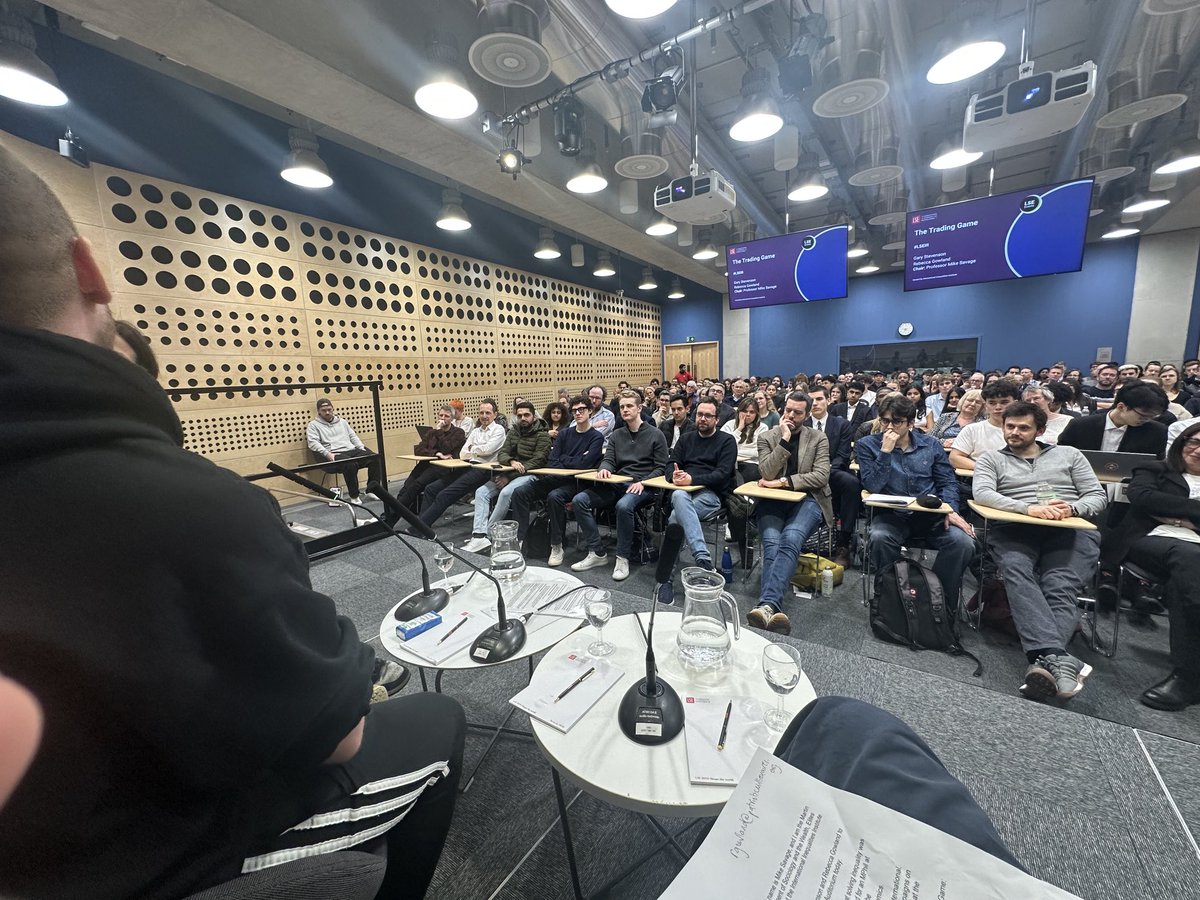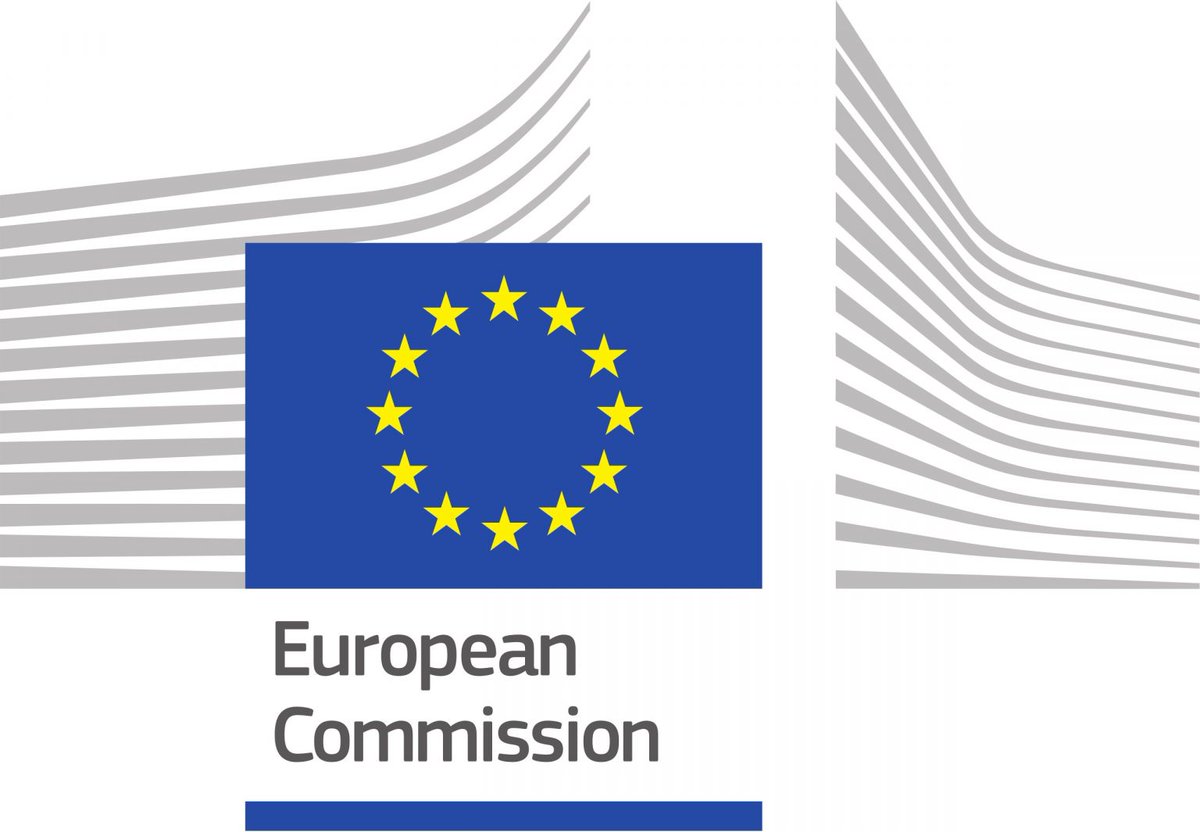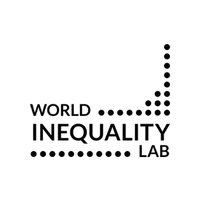
Francisco H. G. Ferreira
@fhgferreira
Economics of poverty and inequality. Amartya Sen Professor of Inequality Studies at LSE. Director @LSEInequalities. Formerly @wb_research and @PUCRioEconomia.
ID:36968970
https://www.lse.ac.uk/International-Inequalities/People/Francisco-H.-G.-Ferreira 01-05-2009 15:40:49
850 Tweets
6,4K Followers
80 Following

Our EU Vox post highlights the inverted-U pattern followed by #inequality in most countries in #LatinAmerica between the 1970s and mid 2010s. It also records the huge uncertainty around level estimates. With Nora Lustig, F. Alvaredo, and F. Bourguignon.
cepr.org/voxeu/columns/…



Must-read piece by Francisco H. G. Ferreira on wide disparities in inequality ests. Comparing WIDER & WID (Piketty) ests for Peru, the top 1% cd either be earning 8% OR 28% of total income, depending on which one you believe. Inequality matters but measurement is complicated.


Full house and fabulous event tonight at LSE Events LSE Inequalities featuring Gary Stevenson & Rebecca Gowland discussing finance, economics, wealth, and how to tackle inequality..


🇪🇺 On the 3rd April from 15:00 to 16:00 CET, the III's Pedro Salas Rojo will be delivering a seminar on 'Inherited inequality: a general framework and an application to South Africa' for the European Commission's Fiscal Policy Analysis Unit.
🔗 Link to the session: ow.ly/6VvH50QZwRN


Wow! Though I am not surprised that Gary Stevenson brilliant book is a best seller - come along to LSE Inequalities LSE Events launch on Thursday at 6.30 if you want to hear Gary talk, in discussion with Rebecca Gowland from Patriotic Millionaires! A don’t miss event!


Thanks to Banco Interamericano de Desarrollo and Ana María Ibáñez for the partnership in #LACIR : 3 years, 27 papers and 60+ scholars trying to better understand why inequality in Latin America remains so high.
My keynote at #AsambleaAnualBID described two systems of inequality reproduction in the region.

🌎70yrs of measuring income #inequality in #LatinAmerica
👉 Though exact levels remain elusive, studying inequality bands shows broad dynamic patterns.
👉Most countries followed an inverted U curve from the 1970s to 2010s.
Check out more findings:▶️wid.world/news-article/s…






The Department of Economics and Finance of the University of Bari, in collaboration with LSE Inequalities, is organizing the conference “Equality of Opportunity and Intergenerational Mobility: A Global Perspective”, which will take place in Bari on June 6th and 7th, 2024.


In #LatinAmerica , we find that as much as 60% of overall inequality observed today is inherited from our parents and/or accounted for by race, gender, and place of birth -- the worst kinds of inequality. Drawing on work with Guido Neidhöfer and Paolo Brunori for #LACIR , Inter-American Development Bank


